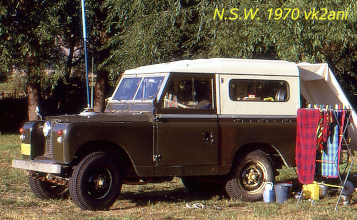Solid Tantalum Caps as Power Rail Filters
As small low-voltage aluminum electrolytic capacitors had high ESR (equivalent series resistance), low reliability and tended to dry out at higher temperatures, more expensive solid tantalum
capacitors were used instead in military, avionic, telecommunication and industrial equipments. First as premium sealed metal units, later a much cheaper epoxy drop-type case was developed and
widely used. If used conservatively they last "forever".
For an excellent detailed description of all aspects of this type of capacitor look at the pdf-document in the left sidebar.
Main Failure Mode
The main weakness of this capacitor construction lies in the internal structure: the sintered tantalum anode does not present a uniform surface to the dielectric and thus surge currents or voltage spikes can produce local hot spots. If the heat melts the surface, the capacitor fails and becomes a low resistance short circuit. The circuit designer needs to take this into account by limiting charge/discharge/ripple currents, derating voltage etc.
Capacitors on Power Rails
Filter capacitors on a power rail however cannot be protected just by a series resistor and so many capacitors were (and are) used behind voltage regulators and on individual circuit boards where the only series resistance are the wiring and connector contacts. Now after many years some of these capacitors give up and produce shorts while others continue to work. In my Collins HF-80 units of different vintages I found a bit of everything: in the exciter HF8010 no failures, in the HF8050 receiver some, in the HF8054 receiver plenty! In one Swiss S-430 transmitter none, in another several. It all depends on the manufacturer and lot of the old capacitors. Luckily today's units are much improved.
How to replace Power Rail Filter Caps
There are two ways to go about the replacement of defective units once the culprit is found. Both methods provide good results. Inspect the circuit diagram if available to determine use and source impedance as well as other units directly on rails for 12-24VDC where often the maximum voltage is insufficiently derated. In method 1 just use another solid tantalum cap but go for a higher maximum voltage (the dielectric is thicker, the cap larger) as space allows. In method 2 use an industrial grade low ESR aluminum capacitor (105° preferred) but go for a higher capacitance as space allows. Take care not to damage the seal when bending the leads. If RF filtering appears to be needed you may use a parallel ceramic capacitor (e.g. 47nF).
